It was the largest,
moving, man-made object -- over 4 city blocks long. Perhaps
you'll recognize this postcard from the film....
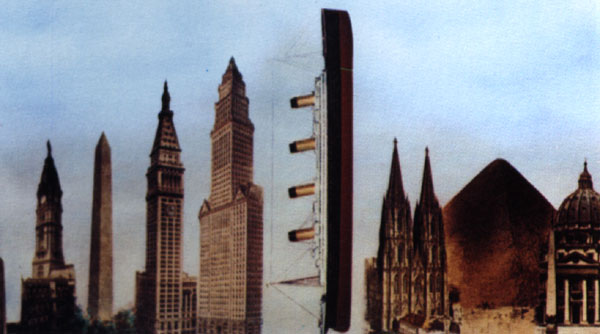
Big, isn't it. Here's a comparison of the Titanic to a more
modern vessel -- the USS America (CVA-66).
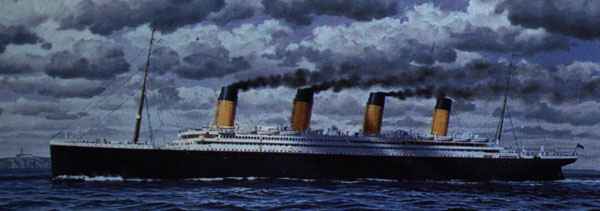

The scaling, while not precise, is close enough to see that
Titanic is not quite as big as a latter day carrier, but close.
Here's some more comparisons -- just for chuckles and giggles.
| Characteristic |
Titanic |
America |
| Length |
882 ft. |
1,047.5 ft. |
| Fuel source |
Coal |
Oil |
| Number of Boilers |
29 |
8 |
| Propellers |
2 - 23' 3 blade
1 - 16' 4 blade |
4 - 22' 5 blade |
| Anchors |
1 - 15.5 ton
2 - 7.75 ton |
2 - 30 ton |
Passengers/
crew |
2200+ |
5000+ |
| Date in Service |
4/10/1912 |
1/23/1965 |
| Length of Service |
4 days |
25+ years |
By another comparison, Titanic's sister
ship -- Olympic -- sailed safely for 24 years, before being
retired and scrapped. Britannic, launched 2 years later sailed 2
years until being sunk during WW I while serving as a hospital
ship.
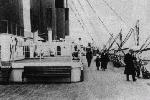 |
A view of the boat
deck, the funnels, and some of the too few life boats. |
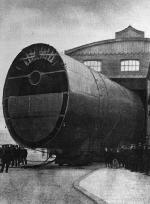 |
One of the
aforementioned funnels leaving the shop. |
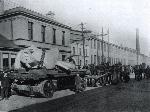 |
15 1/2 tons of anchor
makes it's way to the ship. |
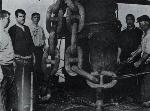 |
Workmen forging the
chain for the anchors. |
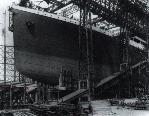 |
The anchors in thier
positions on the bow. |
 |
The port side and
center propeller. |
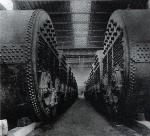 |
The boilers, ready and
waiting for installation. |
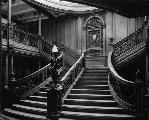 |
The Grand Staircase at
A deck level (with the clock) |
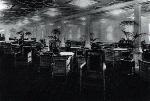 |
First Class reception
area on D deck |
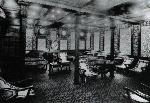 |
The Turkish Bath |
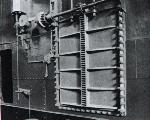 |
One of the Watertight
Doors -- they worked properly, but ultimately proved
useless. |
Experts say, had the ship ran into the ice berg
straight on, it might have survived -- a lot of off duty crew
wouldn't have, and some 3rd class passenger may have died, but
only the first 2 or 3 compartments would have been affected, and
Titanic was designed to remain afloat even if the first 4
compartments flooded. It was thought by some, that if the
watertight doors had not been closed, that the ship would have
went down slower, and recent tests with a scale model showed that
initial sink rates were slower -- but -- water would have flooded
the last boiler rooms an hour sooner -- meaning the lights would
have went out an hour sooner than they did. The test ship also
ended up rolling over before sinking, and it did that a half hour
sooner than the Titanic actually did. So in the end, there wasn't
really much that could have helped after the impact.
Copyright 1998, Tuesday Nite, Ink













